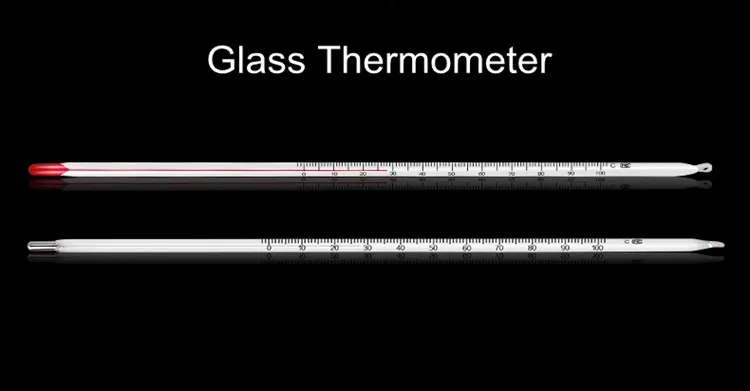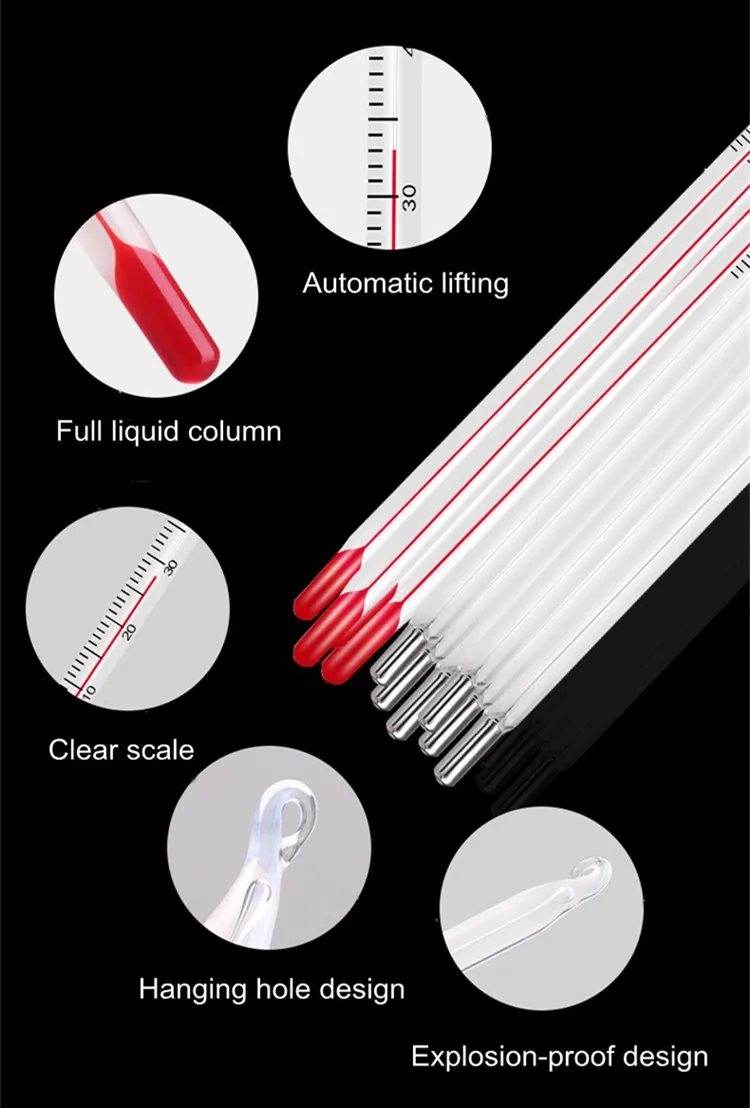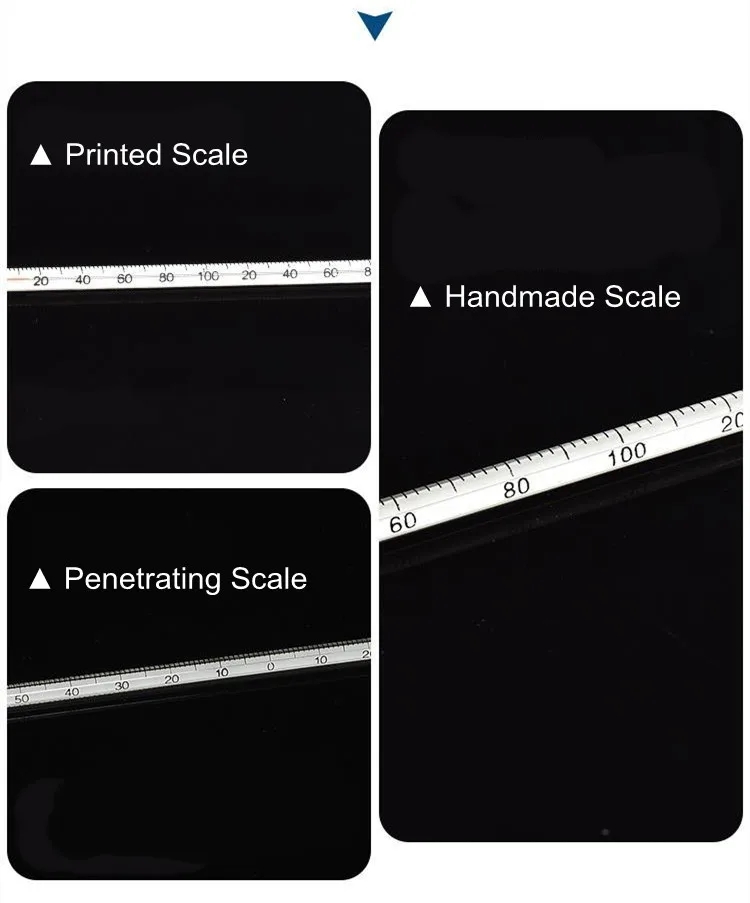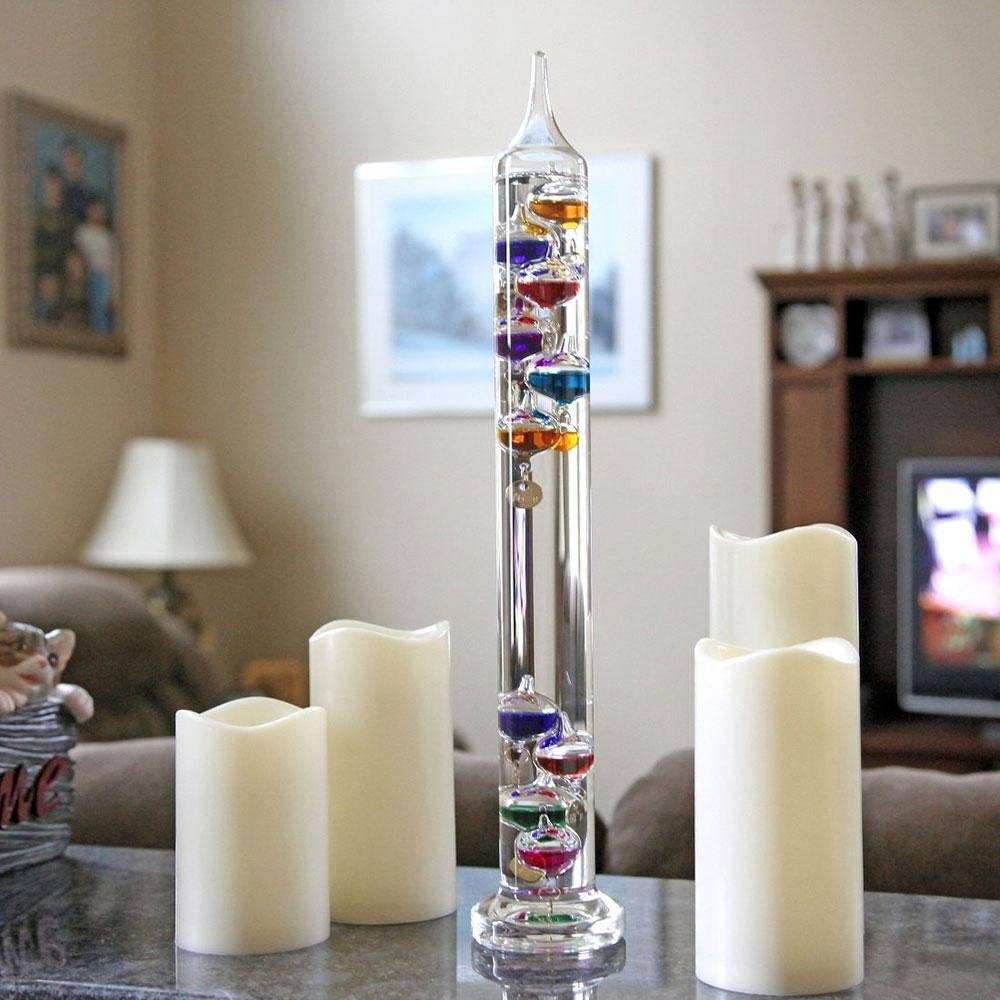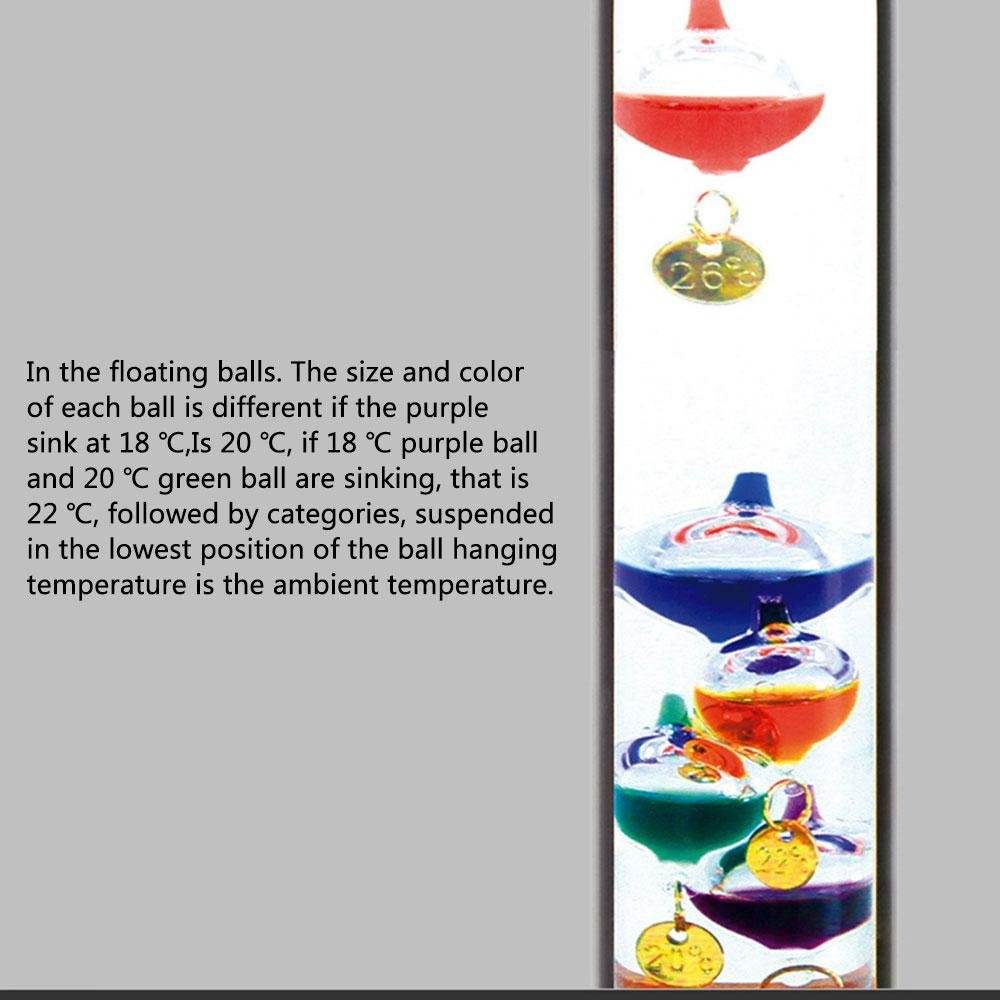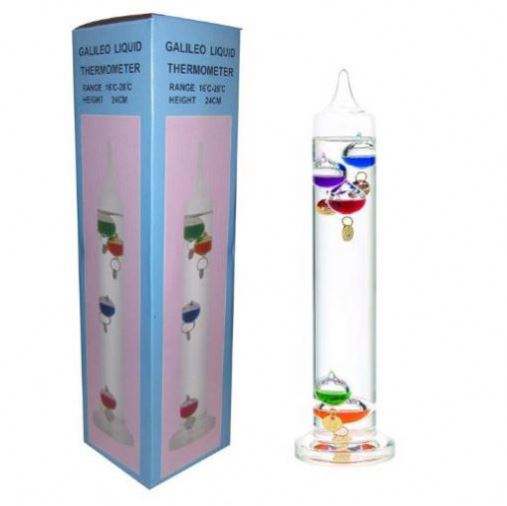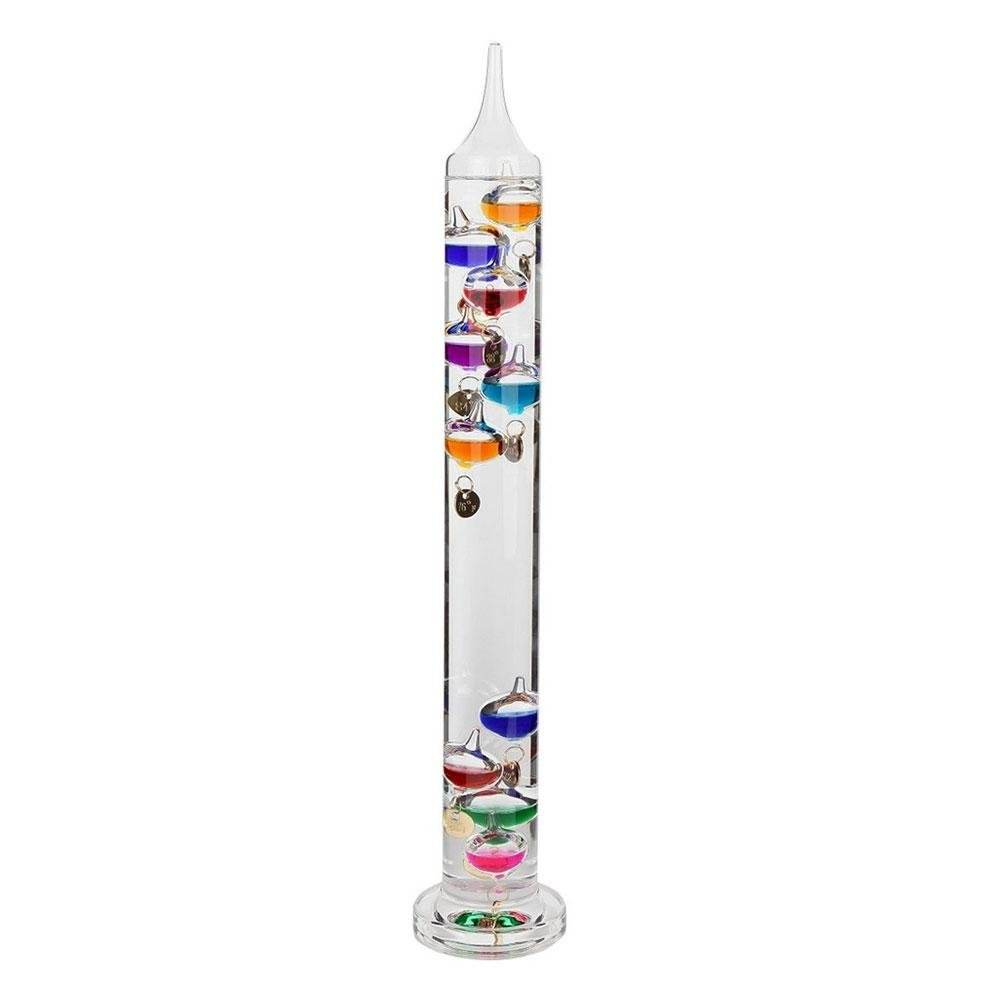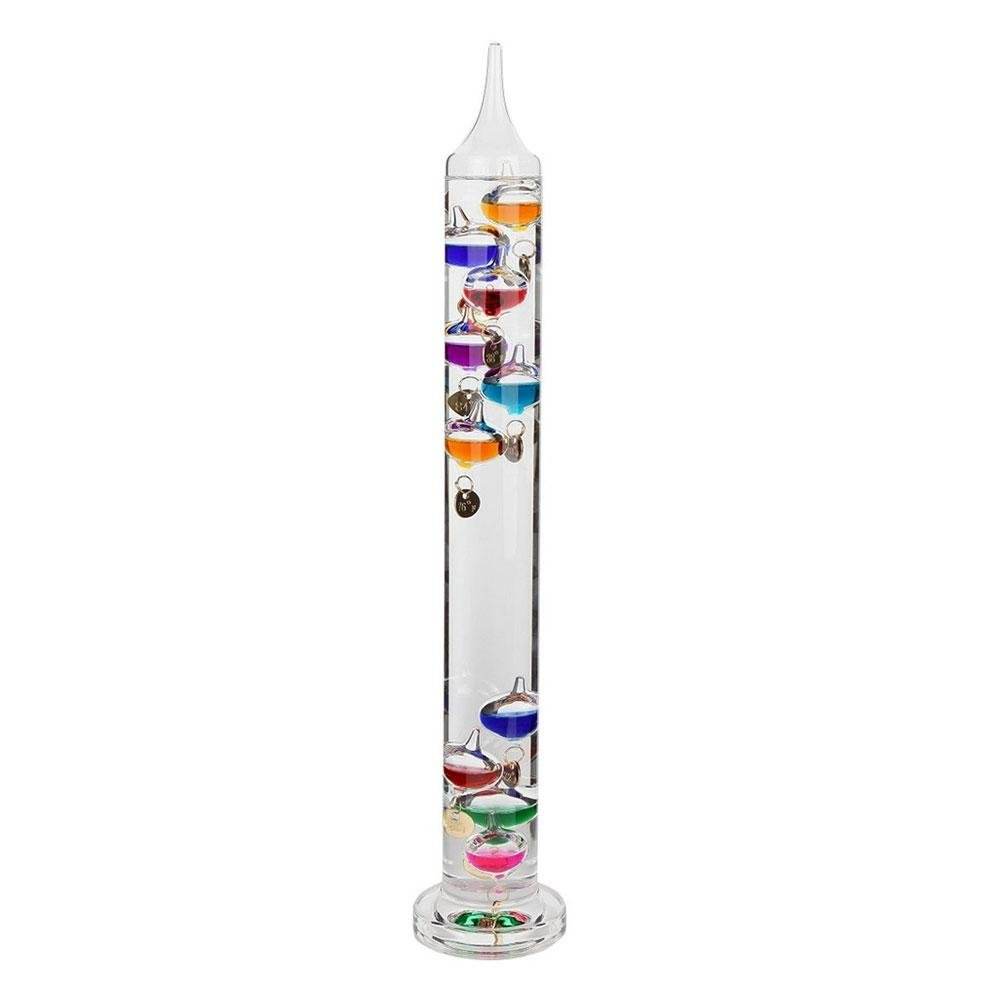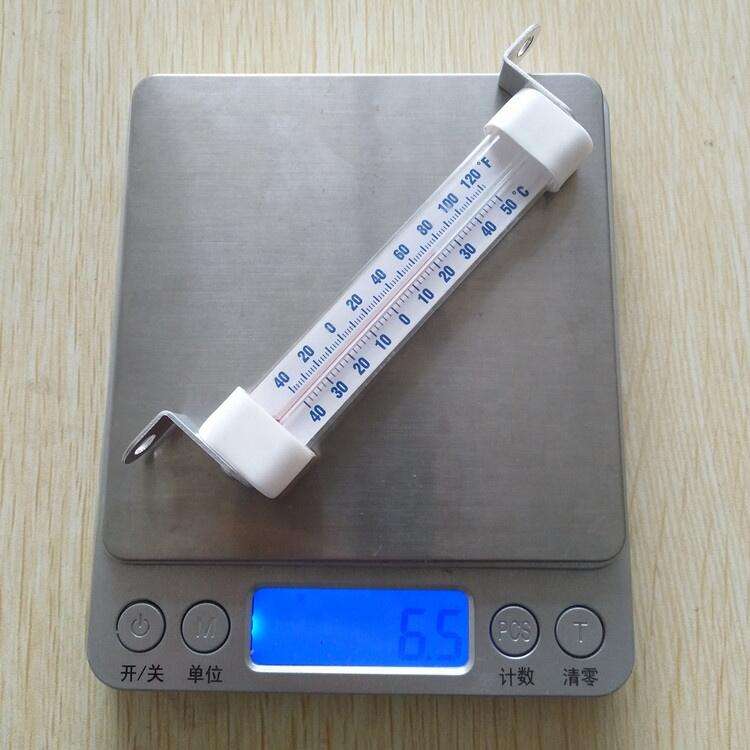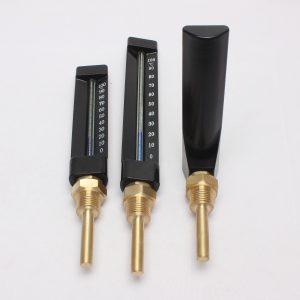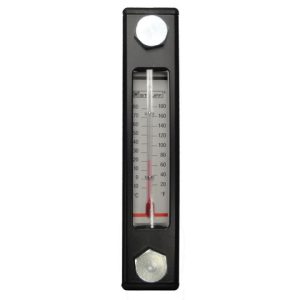The glass tube thermometer, also known as the liquid-in-glass thermometer, is a fundamental temperature measuring device with a long history dating back centuries. It consists of a sealed glass tube with a bulb at one end filled with a liquid—typically mercury, alcohol, or colored alcohol.
Operating on the principle of thermal expansion, when the temperature changes, the liquid within the bulb and capillary tube expands or contracts. This expansion or contraction causes the liquid level to rise or fall within the graduated scale marked on the tube. The scale, often calibrated in Celsius or Fahrenheit, indicates the temperature based on the liquid’s position.
Glass tube thermometers were among the earliest and most common instruments used to measure temperature accurately. However, their use has decreased with advancements in digital and infrared thermometers due to factors such as fragility, potential mercury hazards, and limited range compared to modern alternatives.
Nevertheless, these thermometers still find applications in various fields, including laboratories, industrial settings, and academic research, where precise measurements are required within their operational range. Their simplicity, reliability, and low cost continue to make them valuable tools for measuring temperature in specific situations where digital or infrared alternatives may not be suitable.
